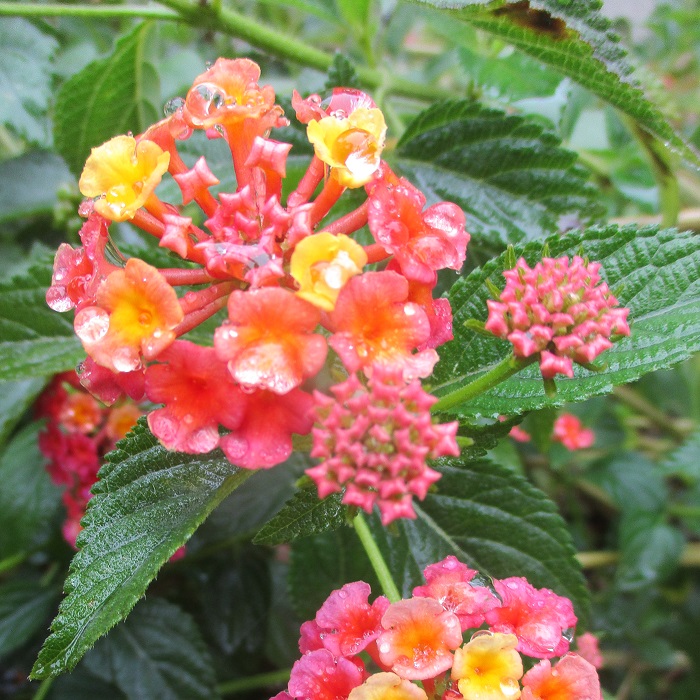UNITED STATES—Frost happens. It may not happen every winter. It may not happen everywhere. For a few of the mildest climates, it may not be a major concern. For some climates though, it might have potential to cause significant problems. The best means to avert frost damage is to avoid plants that are vulnerable to a degree of frost that is normal for a particular climate.
Of course, that is not as simple as it sounds. Even in mild climates, angel’s trumpet might get shabby from chill that is not cold enough for frost. Where weather gets cooler, familiar plants such as bougainvillea, avocado, lemon, fuchsia and pelargonium may experience frost damage. Such plants necessitate certain precautions and must assume innate risk.
Some plants that are susceptible to frost damage can live in portable pots that can move to sheltered situations prior to frosty weather. Some might be houseplants that live in the garden for part of the year, but come inside at least for winter. Eaves, particularly if above walls of heated buildings, may be adequate protection for marginally susceptible plants.
Frost protection may not be pretty, but it can be effective.
Plants that are susceptible to frost damage, but live in the ground or are too big to move, may need temporary protection from frost. Such protection might consist of tarps, burlap, old sheets, plastic trash bags or cardboard, suspended above by stakes and string. Thin materials, such as sheets or trash bags, can freeze through, so should not touch foliage.
Protective tenting materials should not remain over sensitive foliage for too long. Ideally, they should be in place immediately prior to frost, and then gone immediately after. Since frost occurs at night here, protection is useful only overnight. During daytime, it obstructs sunlight, but collects heat to stimulate new growth that is more sensitive to frost damage.
Many plants are too big to protect. Fortunately, bigger plants are less susceptible to frost damage than smaller plants. If possible, outer foliage that succumbs should remain until the local last frost date. Although unsightly, it shelters inner growth. Moreover, premature removal of frost damage stimulates new growth that is even more susceptible to subsequent frost damage.
Highlight: Lantana
Where winters are very mild, common lantana, Lantana camara, might bloom through all but the coolest of weather. It generally takes more of a break though. It could finish bloom at any time now, and resume at the end of winter. Where winter weather is cooler, foliage and perhaps stems may succumb to light frost. Growth should regenerate through spring.
The tiny tubular flowers bloom inwardly from the margins of round umbels that are about an inch and a half wide. Flowers typically bloom yellow, and then fade to orange, red or pink. Therefore, the umbels have yellow centers with orange, red or pink margins during the middle of bloom. One cultivar blooms with one hue of yellow. Another fades to white.
Modern cultivars mostly stay rather low and compact. Some sprawl. Older cultivars might get as tall as six feet after a few years. However, after frost damage or coppicing, mature plants may regenerate from their roots, with vigorous stems that get six feet long through summer. The faintly raspy foliage appears to be smooth and is aromatic when disturbed.
Horticulturist Tony Tomeo can be contacted at tonytomeo.com.






